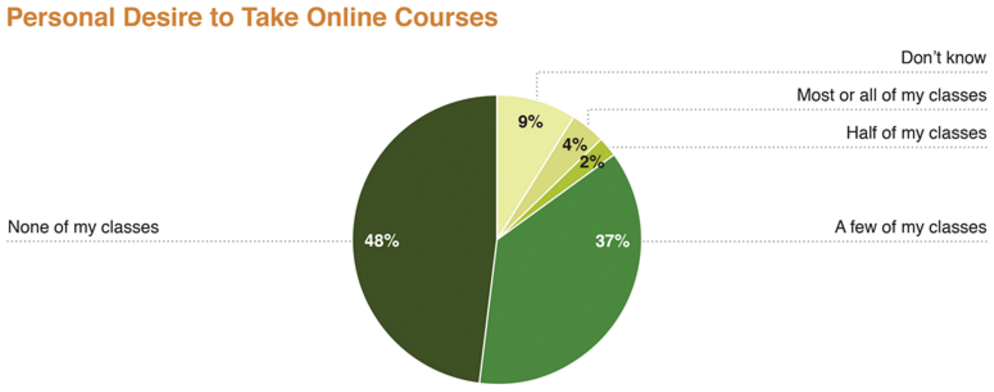A Free Web Accessibility MOOC for Online Educators
 I came across this "Web Accessibility MOOC for Online Educators (WAMOE)." Although there are no upcoming dates for the next live offering of WAMOE in D2L Open Courses, the site at https://weba11ymooc.wordpress.com contains all course content and activities that have been used in the MOOC.
I came across this "Web Accessibility MOOC for Online Educators (WAMOE)." Although there are no upcoming dates for the next live offering of WAMOE in D2L Open Courses, the site at https://weba11ymooc.wordpress.com contains all course content and activities that have been used in the MOOC.
I know that many online educators are interested in learning about how to make their courses more available to students who struggle with web accessibility issues, but may not know where to go for information. This free MOOC, sponsored by Portland Community College and D2L, provides a free professional development opportunity to help eLearning professionals meet the challenges of improving accessibility in online learning.
I believe that using this resource in conjunction with a F2F cohort of faculty on a campus would be an excellent way to approach the topics contained in the MOOC. As with any learners in a MOOC, a hybrid approach to using the online resources is often the best approach to increasing completion of the c"course" and eliminating some of the frustrations of learning on your own.
NOTE: Much of the course content was originally developed by Karen Sorensen and other staff at Portland Community College. PCC also freely shares their comprehensive document titled “Web Accessibility Guidelines.” All course content is open licensed by CC-BY, NonCommercial, Share-Alike 3.0 with attribution to Portland Community College and D2L Corporation.
 MOOC enrollment surpassed
MOOC enrollment surpassed 